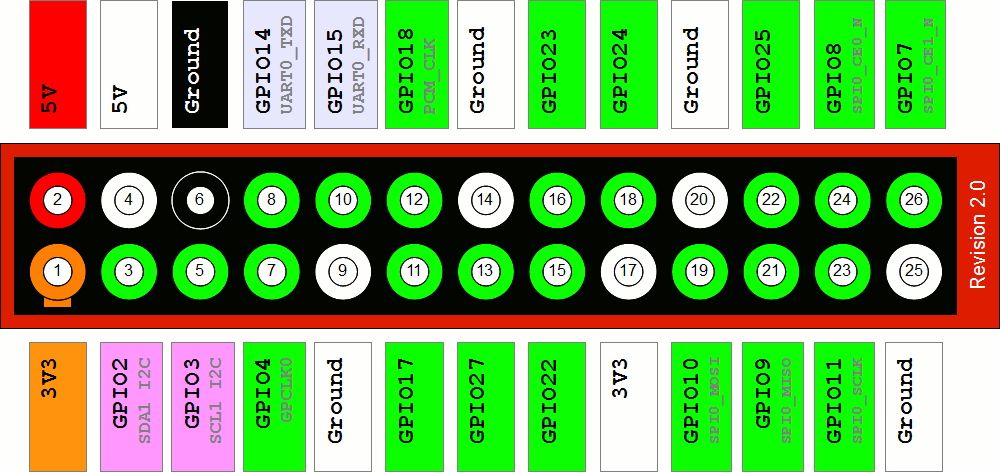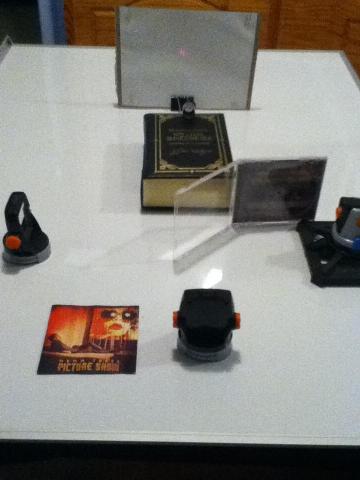 Variable Speed Fan With Snap Circuits, Kano Computer
Variable Speed Fan With Snap Circuits, Kano ComputerIn a previous How-To Guide I demonstrated how to blink a Snap Circuits LED with the Kano Computer...
 IUPUI researchers use stem cells to identify cellular processes related to glaucoma
IUPUI researchers use stem cells to identify cellular processes related to glaucomaINDIANAPOLIS -- Using stem cells derived from human skin cells, researchers led by Jason Meyer...
 Pi Day 2016 Project
Pi Day 2016 ProjectFor Pi Day 2016, I’ll demonstrate how to flash a Snap Circuits LED with the Kano Computer (my...
 LIGO, Gravitational Waves, And Laser Interferometry
LIGO, Gravitational Waves, And Laser InterferometryUPDATE: LIGO has detected gravitational waves. ...













 Thanks to
Thanks to 
 You often see demonstrations of titration using an expensive glass burette, but you can build titration lab ware using a disposable serological pipette, a solder sucker bulb, and a ring stand or support stand. For this build I’m using the
You often see demonstrations of titration using an expensive glass burette, but you can build titration lab ware using a disposable serological pipette, a solder sucker bulb, and a ring stand or support stand. For this build I’m using the 